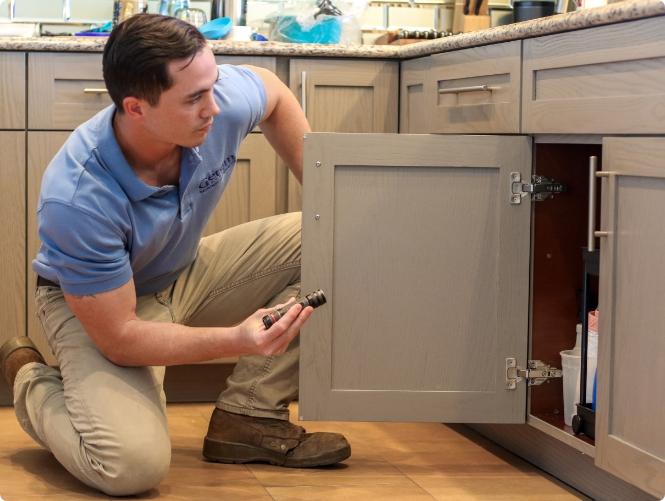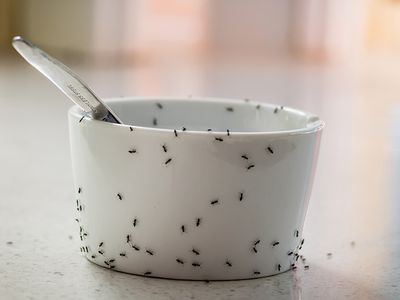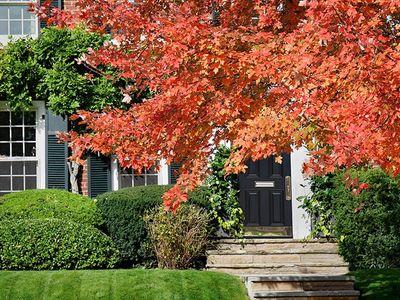If you have a rat problem in your Virginia home, it will either be roof rats or Norway rats. While it is equally unpleasant to have either one, there are differences between them that are important to know. Understanding these differences can help you better understand your problem and take the proper steps to correct it or help you prevent it. Join us today as we dig into this topic. As always, fast answers are available if you give us a call. The Getem Services team is happy to help you with any pest issue. We are your source for expert advice and pest control services in Virginia Beach, Newport News, Suffolk, Hampton, Portsmouth, Norfolk, and Chesapeake. In fact, we’ve been serving the Hampton Roads and Tidewater regions since 1922.
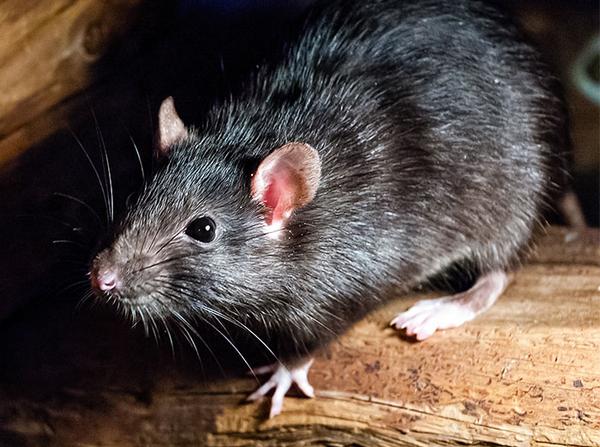
Roof rats: Agile climbers and tree dwellers
Roof rats are typically black and often referred to as black rats. They are generally smaller than Norway rats, measuring 6 to 8 inches. That length does not include their thick tails, which are roughly the same length as their bodies.
Habits: True to their name, you’re likely to find these rodents on your roof. They are excellent climbers and prefer to explore and live in high places. In nature, they’re found nesting in high tree cavities. When they enter Virginia homes, they tend to nest in attic spaces. You’ll also find these rats running along telephone wires like a squirrel or living near fruit trees, gardens, dense landscaping, and bird feeders.
Behavior: Roof rats are generally more secretive and cautious than Norway rats. They’ll avoid confrontation and flee if possible. Both rats are nocturnal, but roof rats are more challenging to detect because of their dark coloration. Look for warning signs of activity, such as droppings or nests in your attic.
Diet: All rats are omnivorous, but roof rats tend to eat fruits, seeds, nuts, and vegetables. They’re also opportunistic feeders, eating garbage, pet food, and anything else they can find. In general, they avoid foods rich in protein, such as meats.
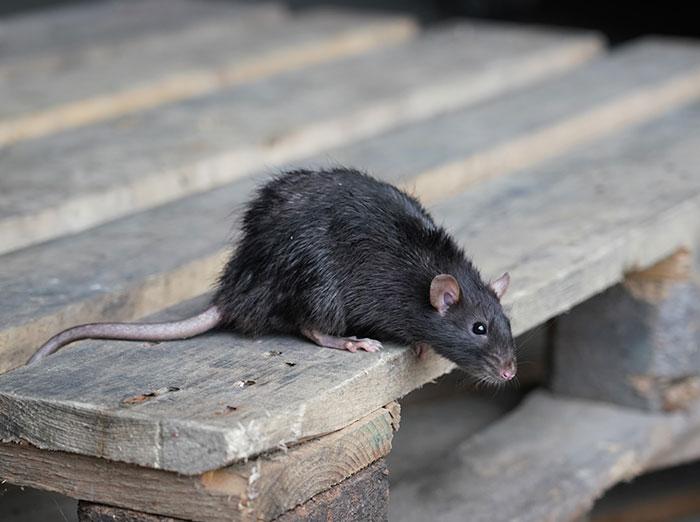
Norway rats: Ground dwellers and burrowing pests
Norway rats are typically brown and more robust than their roof rat cousins. They are 7 to 10 inches, not including their thick tails, which are about the length of their bodies. Compared to a roof rat, the nose of a Norway rat is blunt and less conical.
Habits: Norway rats prefer to stay near the ground and create ground burrows, particularly underneath piles of junk, foundation slabs, and dense vegetation. In nature, these rodents tend to nest along riverbanks. As urban inhabitants, they gravitate to sewer systems. If these rodents come onto your property, you’ll likely find them in your basements or crawl space. While able to climb and adapt to living in high locations, they are not agile climbers like roof rats.
Behavior: Norway rats are generally more aggressive than their cousins, particularly when searching for food or protected locations for nesting. While nocturnal, they are often less cautious and tend to be more of a visible pest problem. Their brown coloration also makes it easier to spot them.
Diet: As we pointed out, all rats are omnivorous, but Norway rats deserve the name. They have a much broader diet than roof rats. They prefer robust food sources, eating meat, garbage, small animals, carrion, and bread. These rats prefer to nest near food sources and are commonly found in the walls of pantries or kitchens.
Signs of a rat infestation
Whether you’re dealing with roof rats or Norway rats, there are a few ways you can detect an infestation. Here are the warning signs:
- Droppings
The easiest way to tell that you have rats is to search for their droppings. Rat droppings are black, shiny, and a little larger than grains of rice. Look for their droppings in the areas these rats are prone to hide. - Gnaw marks
Rodents can’t help but gnaw on things. You’ll find gnaw marks on wood and other building materials and holes chewed in food packages. You may need to move objects on the floor or slide your oven out from the wall when searching indoors. Also, check around pipes under your kitchen and bathroom sinks. - Nests
Rats build nests out of insulation, leaves, shredded paper, cushion stuffing, clothing, and other materials. You’ll find these balled up in secluded locations. Your attic is an excellent place to check first. - Nocturnal sounds
If you have rats, you may hear them scratching, bumping, or thumping at night as they move around.
How to prevent rat infestations
We hope you found this article before rats started causing trouble. If so, you can deter trouble from brewing in a few ways.
- Seal entry points: A rat can squeeze through a small gap. Use caulking material, expanding foam, and wire mesh to seal all potential entry points in your exterior.
- Reduce food sources: Consider fruit, seeds, nuts, and garbage as potential food attractants and take steps to protect them.
- Remove hiding places: Rats hide in junk piles, leaves, branches, logs, etc. It is best to remove them if possible. Indoors, clear out the clutter in the attic, garage, and other storage areas.
- Block access to hiding places: Rats also like to hide underneath decks, sheds, and other structures. Apply fencing material to keep them out.
- Stay on top of yard work: Rats prefer tall grass, dense landscaping, and other vegetation. Keeping things trimmed will deter them.
Virginia’s rat season
Although rats (and mice) are active all year, fall is the time of year when rats tend to cause more trouble in our region of the country. When temperatures drop, roof rats and Norway rats often go indoors.
Contact Getem for help solving rodent problems
For comprehensive protection, contact Getem Services. We provide a range of rodent control services, including trapping and removal. We can customize a program to deter rat activity, cull rat populations, and seal your exterior from unwanted entry.
Many of our customers sign up for quarterly pest control services to stay ahead of rat problems. This is an excellent choice for homeowners who live in areas where rodent activity is prevalent and where ants, earwigs, fleas, and other pests frequently stop by. Connect with us today to learn more. We’d love to speak with you.
Plan Details
Quarterly pest control services
When you sign up for Getem's residential plan, you'll receive quarterly pest control visits. During each visit, a fully licensed pest control professional will:
- Knock down spider webs & wasps nests (up to one-story)
- Create a barrier of protection around the perimeter of the house to stop pests from entering
- Check & replenish bait stations, if necessary
- Provide an interior treatment if there's a problem
Covered Pests: Ants, beetles, black widows, cockroaches*, centipedes, earwigs, fleas, mice, millipedes, rats, silverfish, spiders & springtails.
Plans starting as low as
$3999/mo
Free Quote Or Call Now! (757) 489-8610
*Plan excludes German roaches, termites, bed bugs, stinging insects, and ticks




